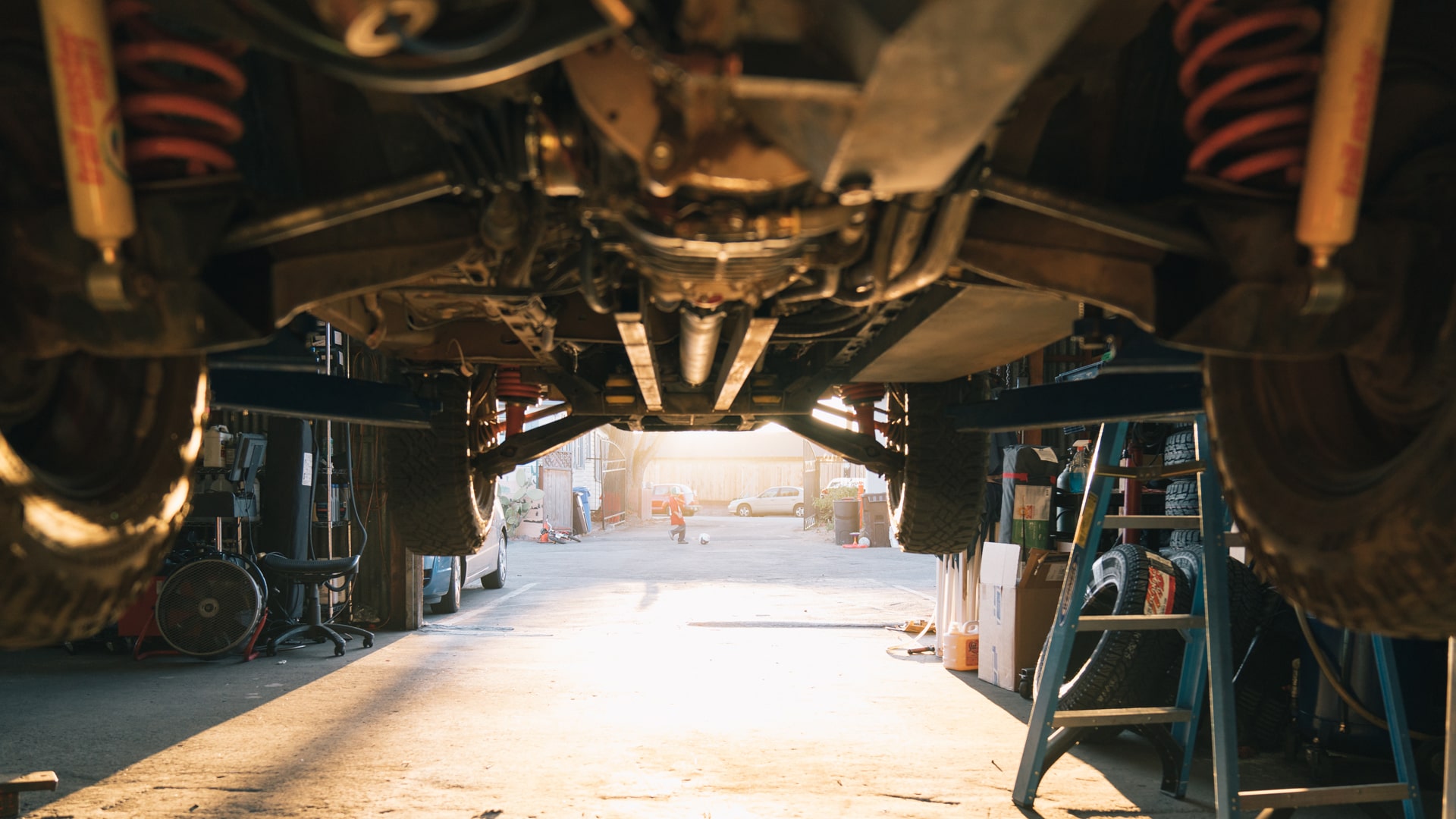RV Maintenance: What Every Owner Needs to Know
Owning an RV means more than just hitting the open road — it also means taking care of a complex machine that combines vehicle mechanics with home systems. Routine maintenance is essential not just for safety, but to protect your investment and avoid costly repairs down the line. Whether you’re a weekend warrior or a full-time traveler, here’s what you need to know about maintaining your RV.
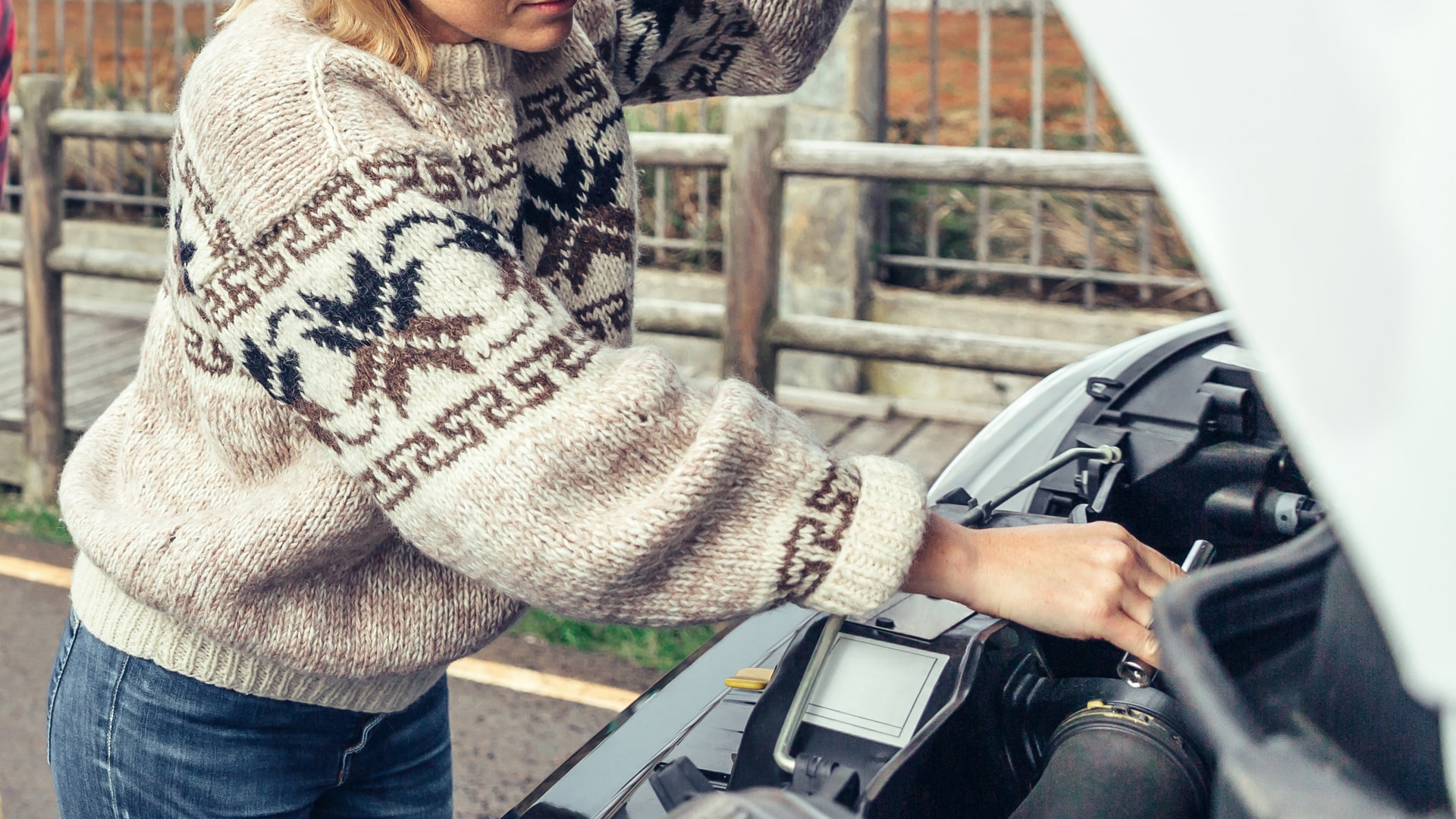
Regular Engine and Chassis Maintenance (For Motorhomes)
If you own a motorized RV (Class A, B, or C), you’ll need to treat it like a vehicle — because it is.
- Oil changes: Every 3,000–5,000 miles (or as recommended)
- Brake inspections: Annually or before long trips
- Transmission and coolant checks
- Tire maintenance: Monitor pressure, rotate regularly, and check for wear
- Battery checks: Engine and house batteries should be cleaned, charged, and tested regularly
Just like a car, ignoring these systems can result in breakdowns — often in the middle of nowhere.
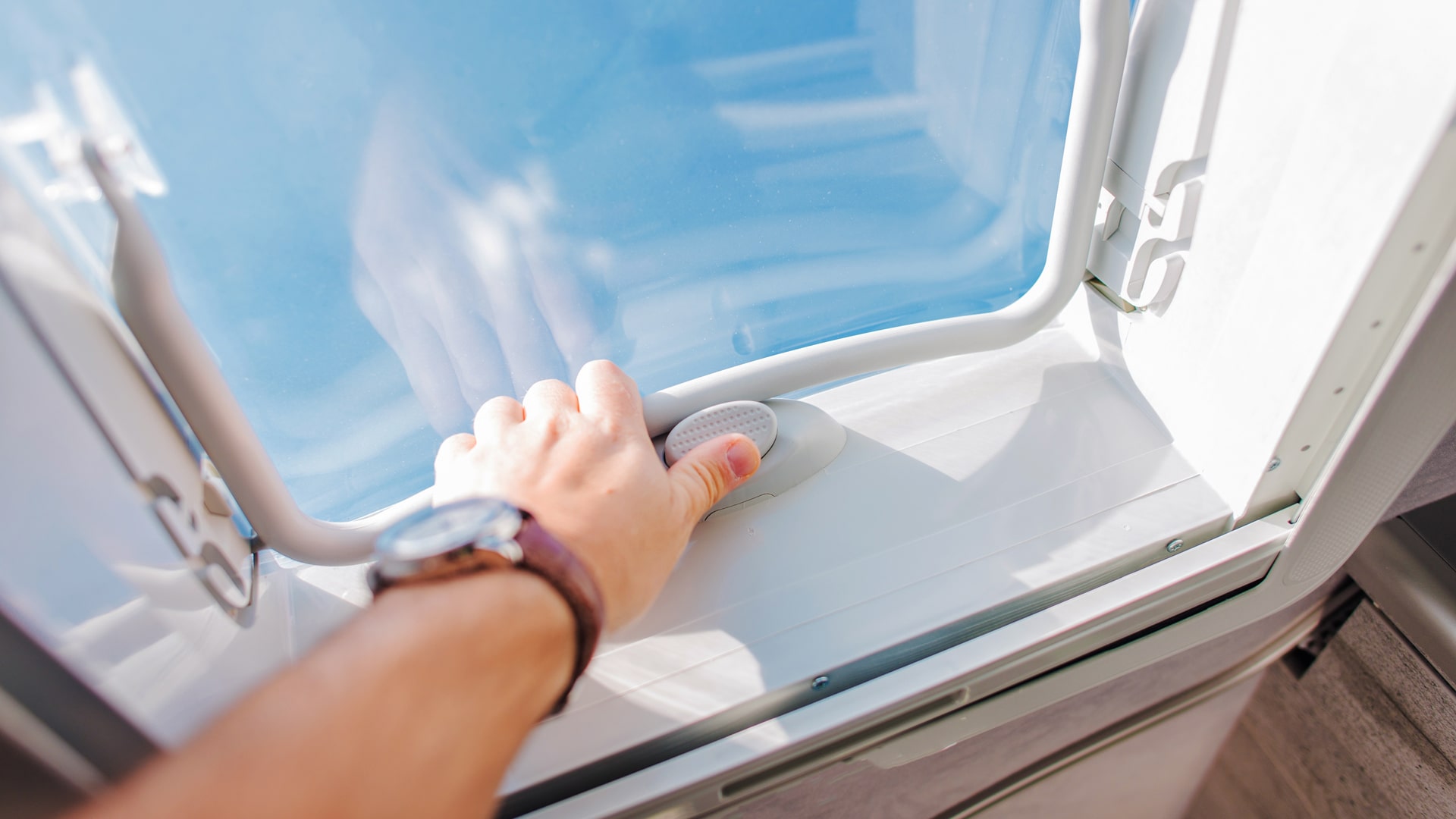
Roof and Seal Inspections
Your RV’s roof is one of its most vulnerable areas, particularly where vents, air conditioners, and seams are sealed.
- Inspect the roof every 90 days for cracks or damage
- Reseal as needed with appropriate RV sealant
- Clean debris and ensure no water pooling or soft spots
A neglected roof can lead to leaks, mold, and costly water damage — often not covered by warranty or insurance.
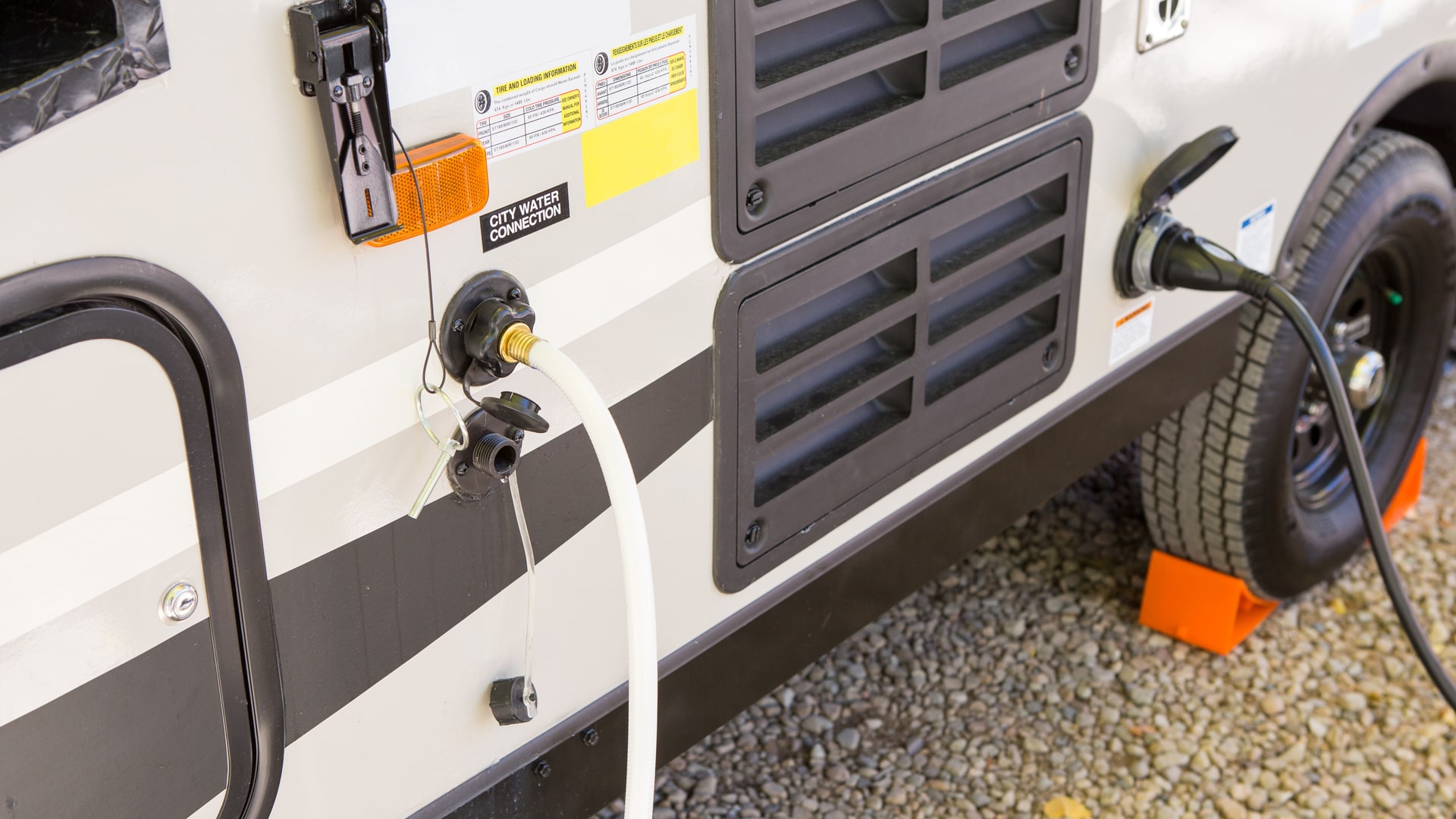
Plumbing and Water Systems
Freshwater, greywater, and blackwater tanks need ongoing care.
- Sanitize the freshwater system every 3–6 months
- Check for leaks in hoses and fittings
- Empty black and grey tanks properly and clean tanks to prevent odors and buildup
- Use RV-safe chemicals in the toilet and black tank
Freezing temperatures? Don’t forget to winterize your system to avoid cracked pipes.
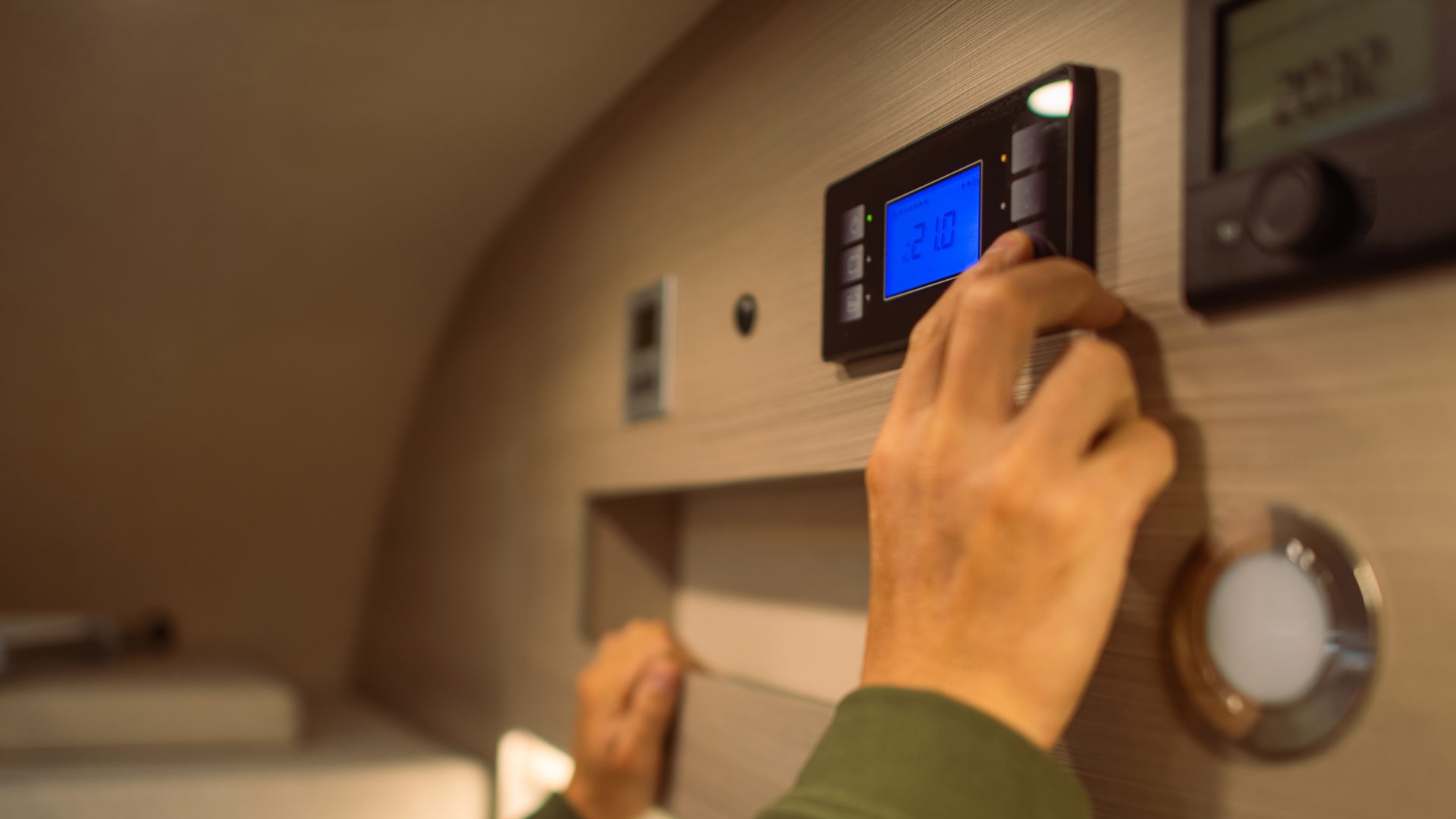
Appliance and Electrical Maintenance
Your RV’s comfort relies on several appliances and electrical systems:
- Test the water heater, fridge, and furnace before trips
- Inspect propane lines for leaks (use a leak detector spray)
- Check fuses and breakers and keep spares on hand
- Monitor solar and battery systems if equipped
Don’t overlook the shore power connection and surge protectors to protect your electrical gear.
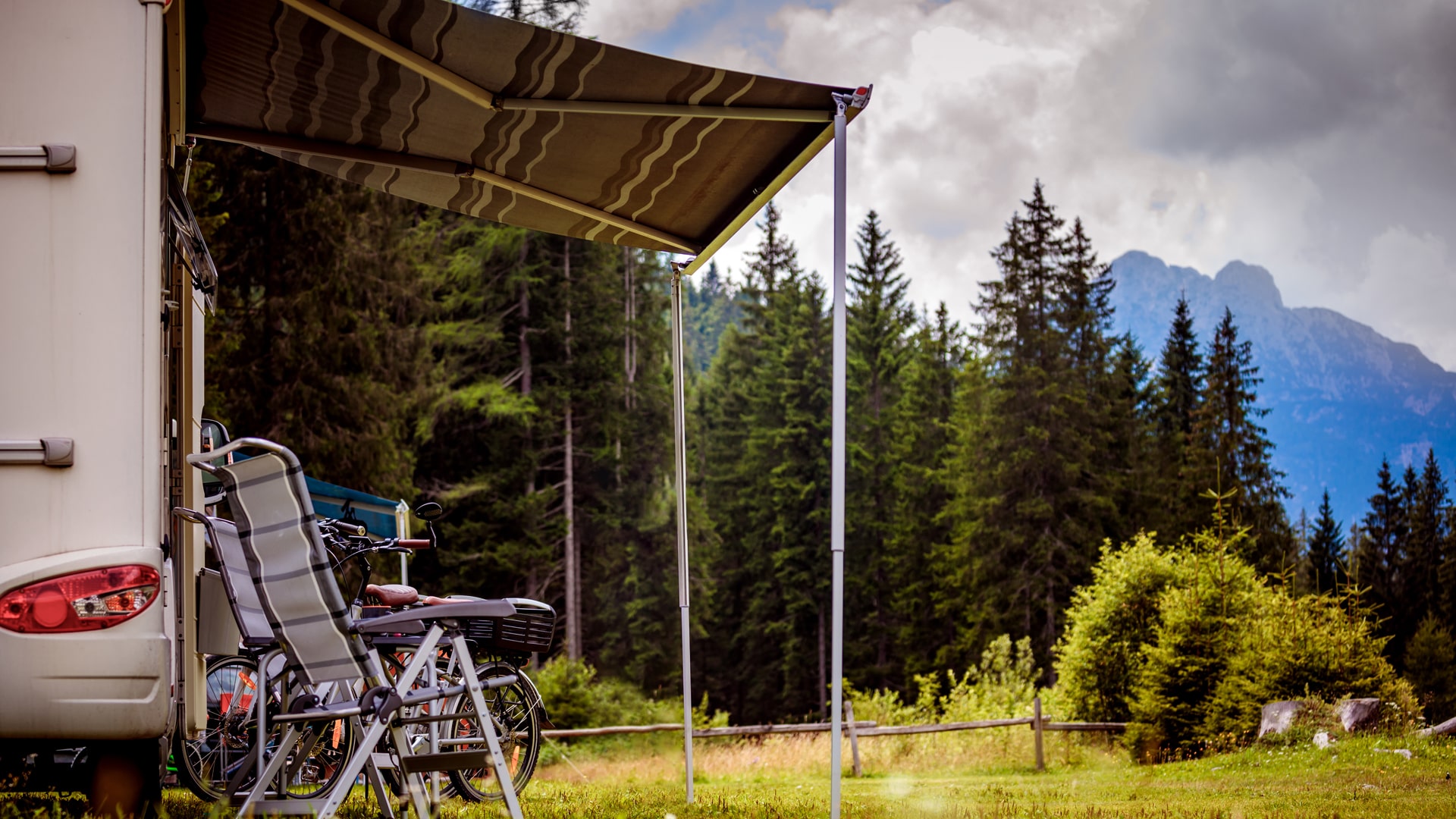
Slide-Outs and Awnings
Slide-outs increase your living space, but they require special attention:
- Lubricate slide-out mechanisms and inspect seals
- Clean awnings regularly and let them dry before storing
- Check fabric for tears and rollers for smooth function
Stuck slide-outs or damaged awnings can quickly derail your trip.
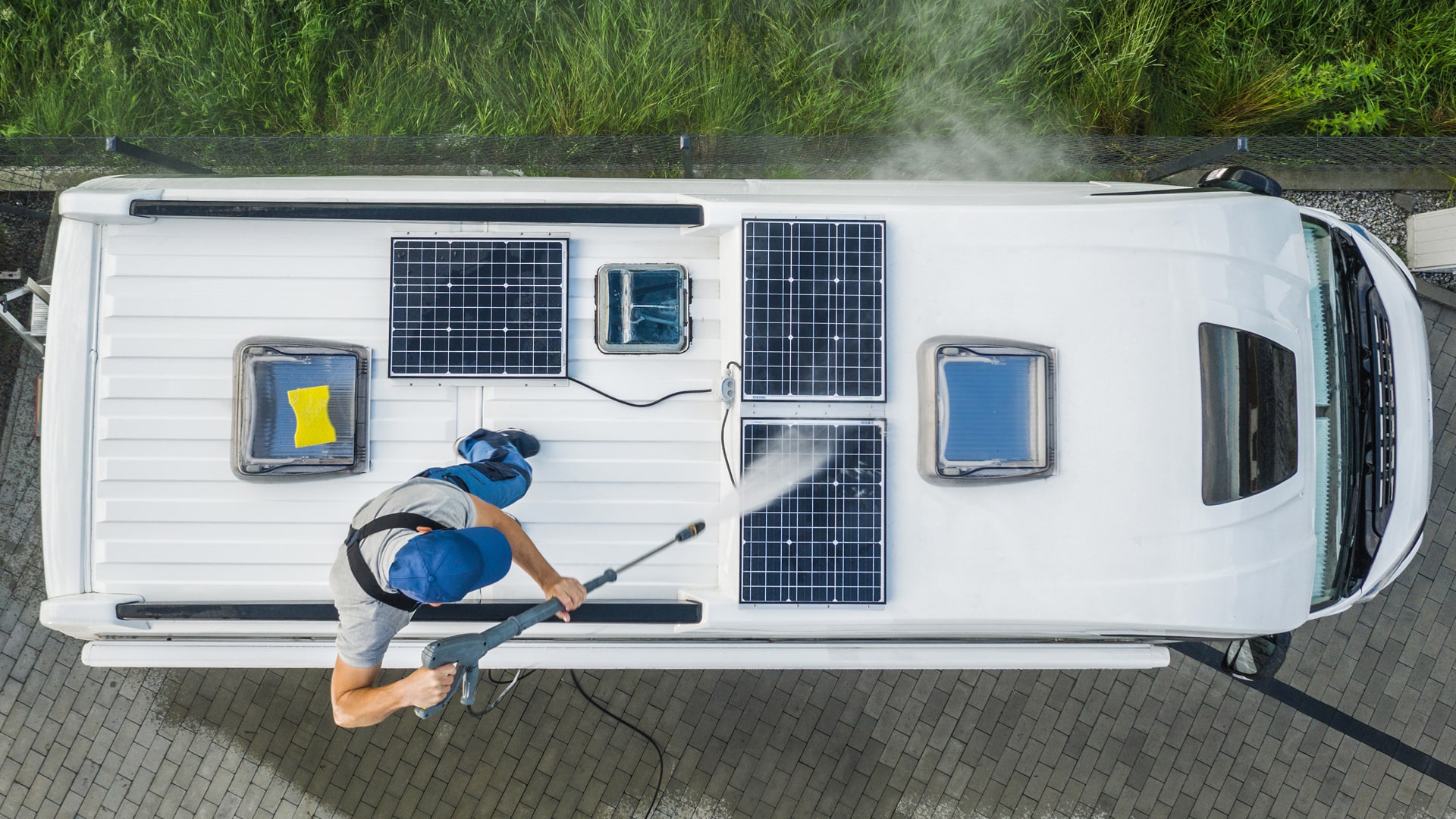
Interior and Exterior Upkeep
Beyond the mechanical systems, treat your RV like a home:
- Clean regularly to prevent mold, bugs, or rodents
- Inspect windows and doors for seal integrity
- Wash and wax exterior to protect against sun and weather damage
- Inspect storage compartments for leaks or damage
A clean, well-kept RV is not only more enjoyable but holds its value better over time.
Final Thoughts
Preventive RV maintenance may take time and effort, but it’s far easier — and cheaper — than dealing with unexpected breakdowns or damage. Create a seasonal checklist, stay ahead of wear and tear, and your RV will reward you with years of adventure and freedom on the road.
Answers from our experts.
Proactive maintenance is key to protecting your investment. A good rule of thumb is to budget between $1,000 and $2,000 annually for routine upkeep. This covers tasks like winterizing and de-winterizing, checking and resealing roof and window seals, inspecting tires and brakes and servicing appliances. It's also wise to set aside a contingency fund for unexpected repairs, as even common issues can cost several hundred dollars. Investing in a new Jayco provides the added benefit of our industry-leading 2-Year limited and 3-Year structural warranty, which can significantly reduce out-of-pocket repair costs in the early years of ownership.

